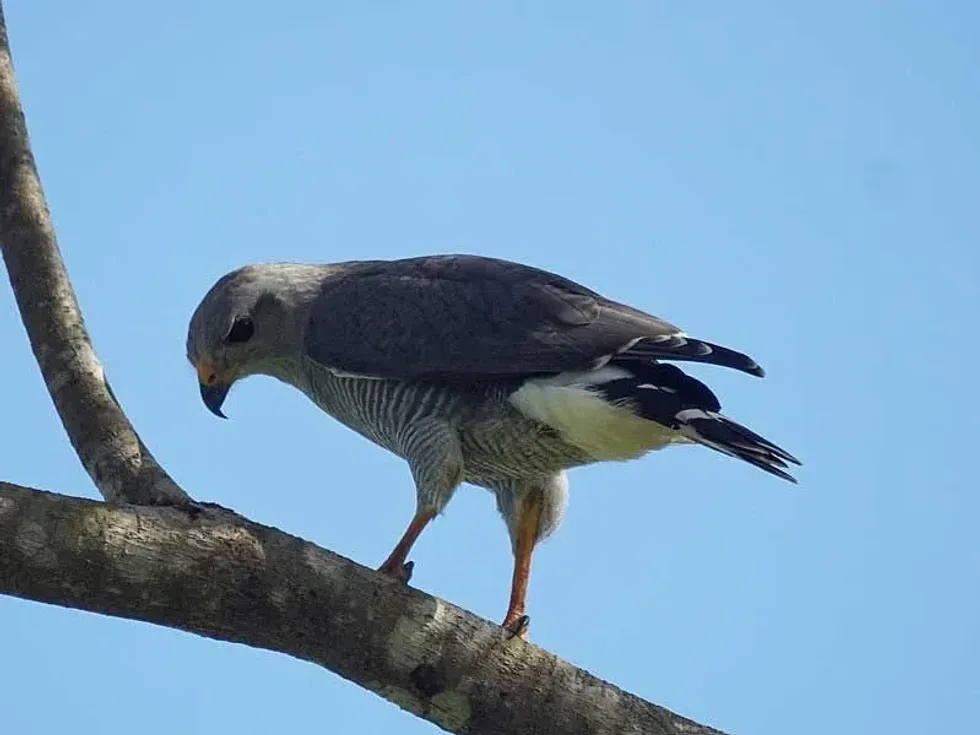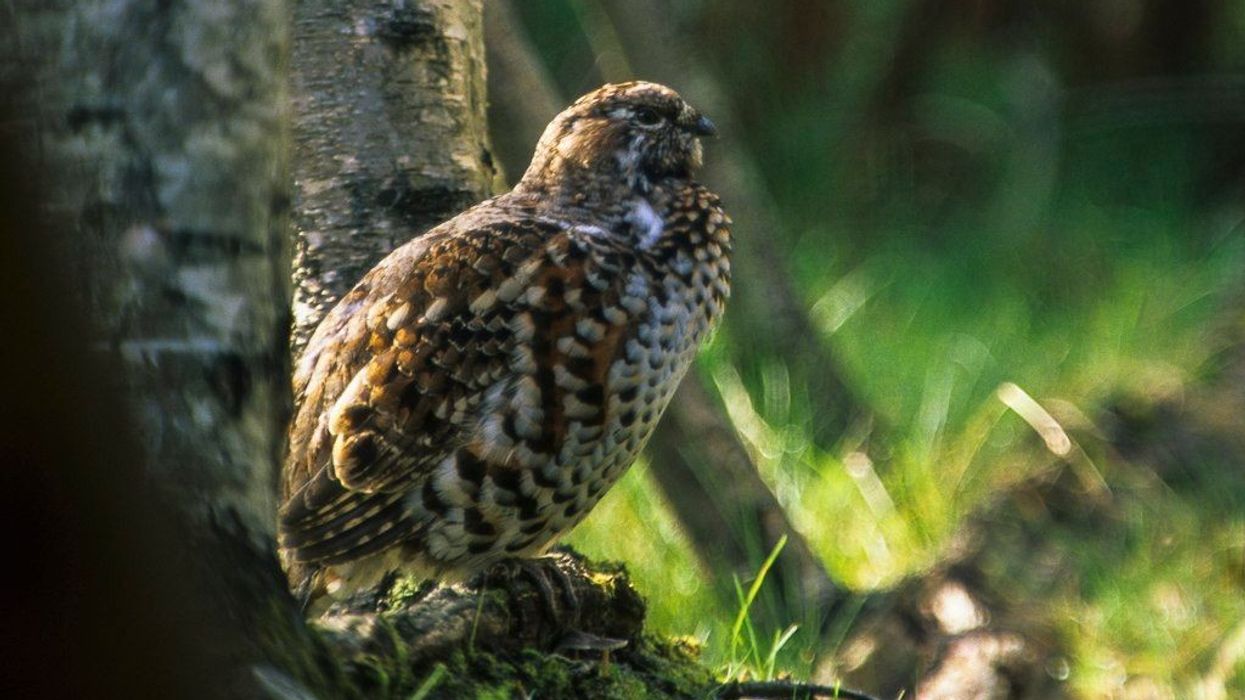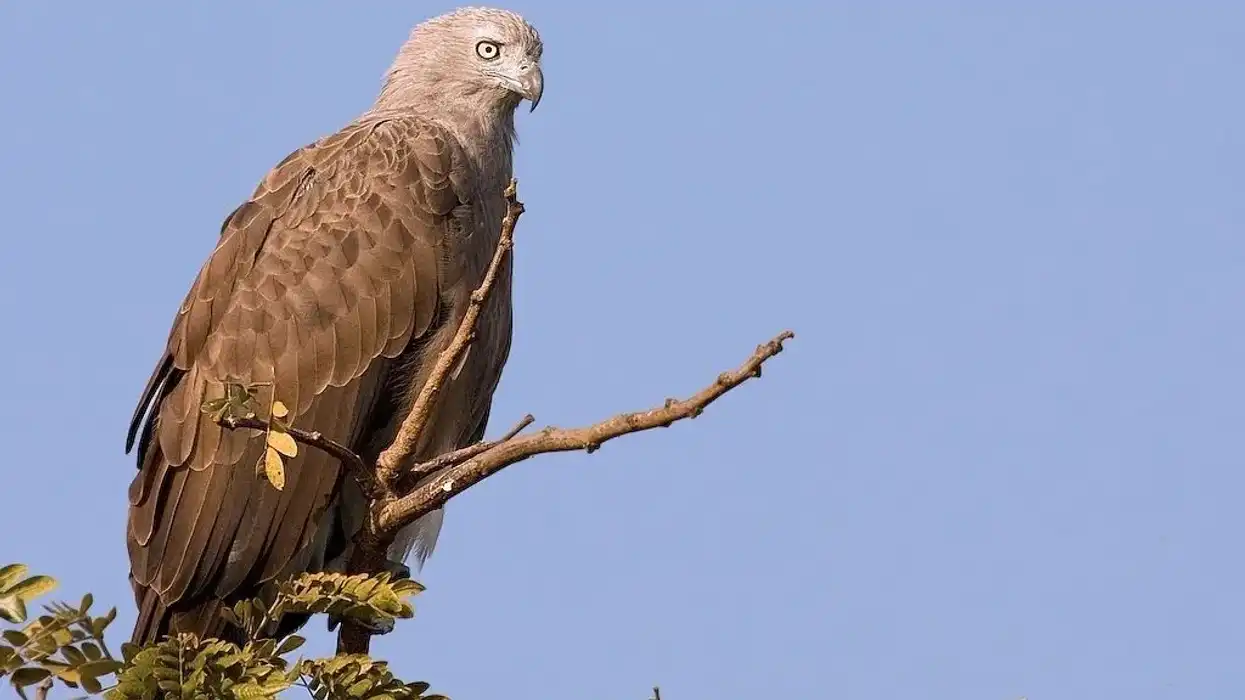If you are looking for an interesting bird that belongs to the south of the United States, then you must read more about the species of gray hawk. These birds, were for years thought to be for years, were thought not to be related to the Buteo species but that was debunked in 2013.
Mainly found in places like Arizona, the natural habitat of this bird ranges from woodlands to trees that are near streams and rivers.
The diet of this bird includes vertebrates like lizards and small mammals.
They look for food during flight or when perched on high branches of trees. Most of the facts that we know about these birds were discovered through groundbreaking research led by Brent D. Bibles.
If you want to read more about this bird, scroll down. For more information on other birds and animals, take a look at hawk and chicken hawk.
Gray Hawk Interesting Facts
What type of animal is a gray hawk?
The gray hawk (Buteo plagiatus) is a species of bird from North America and Central America.
What class of animal does a gray hawk belong to?
Gray hawks are birds of North America that belong to the class of Aves. Additionally, they belong to the order Accipitriformes and the family Accipitridae.
How many gray hawks are there in the world?
Despite being abundant in population, there is not much data available on the total number of gray hawks in the world. As a result, there is no set estimate for the total population of gray hawk birds in North America.
Where does a gray hawk live?
Gray hawks are primarily found in the edges of forests and cottonwood woodlands. Cottonwood and willow woodlands are also where gray hawks go to breed.
These North American birds can be found in some states of the United States,including Arizona and Texas. In Texas, the Rio Grande Valley is a great place to search for them.
Many people also search and find these birds in the south of Arizona. Along with Texas and Arizona, they are found in parts of New Mexico.
We can safely say that these hawks are found in the southern states of America. In the Central American region, these birds are found in Mexico and Costa Rica and in areas surrounding the Rio Grande River since river edges and streams are part of their habitat.
What is a gray hawk's habitat?
The habitat range of this species is in forests, woodlands, and trees. They are found nesting and breeding mostly amongst the tall branches of cottonwood trees and willow trees, which are beside streams and rivers.
This avian species native to the Arizona and Texas is somewhat diurnal in nature. They mostly hunt and search for prey in the late afternoons while spending the rest of their day perched on branches of cottonwood and willow trees.
In the case of selecting a nest site, branches of cottonwoods are preferred.
However, along with cottonwoods, the nest must have a healthy amount of mesquite woodlands near them. Among other sites of the nest, they have been observed to nest in the Arizona white oak tree, the Arizona walnut tree, and the velvet ash tree.
Who do gray hawks live with?
Hawks are generally solitary in nature, and gray hawks are no exception to the rule. In places like Mexico and Arizona, it can be easily seen that these hawks are very territorial in their own habitat range.
This species won't tolerate it when their own kind intrudes into their territory. Of course, during breeding and building a nest, males and females of this bird species live together.
How long does a gray hawk live?
Although not much is known about the life cycle of gray hawks, we can assume a few things from their classification as a raptor or a bird of prey. Usually, the lifespan of a bird of prey varies anywhere between the range of five and 20 5-20 years.
We can assume it is the same for this species of birds.
How do they reproduce?
Being monogamous in nature, the breeding period of these hawks starts in the month of March, and breeding occurs between December and May. Males are known to woo females through calls. Usual courting habits also include falling and rising during flight.
Once the mating is complete, the nesting begins. A tall tree is where you will find a nest belonging to this bird. Males and females build the nest together.
In the nest, a female will give birth to one to four eggs,with the average being two to three. The eggs are known to have an incubation period of 32 to 36 32-36 days.
These eggs are pale blue in coloration. After hatching, the young ones emerge. These young hawks become sexually matured in two years.
What is their conservation status?
This species of gray hawks has a conservation status of Least Concern according to the Red List of Threatened Species by the International Union For Conservation Of Nature. However, sometimes the conservation status of these birds is confused with the Threatened conservation status of gray-backed hawks.
Gray Hawk Fun Facts
What does a gray hawk look like?
A gray hawk's description can be easily understood by its name. This species is gray in color and has white and pale gray underparts. A distinct feature of these birds is that they have black and white banded tail feathers. Younger birds usually have a brown coloration to their plumage.
How cute are they?
While we would not call these birds cute, they are quite majestic to look at during flight. You can feel a lot of inspiration when you see a hawk in flight.
How do they communicate?
Gray hawks are known to communicate via certain sounds and actions, according to the Cornell Lab of Ornithology. These species from the south usually make sounds that range from 'thoo-ooo-weeo' to 'hoo-ooo-weeo'. Important research was done on this by Brent D. Bibles.
How big is a gray hawk?
In comparison to the family of hawks, gray hawks are not that big. The average length of these birds is in the range of 18–24 in (46-61 cm) with a wingspan of 35 in (89 cm). To compare, a harpy owl is almost twice to thrice the size of this bird of prey.
How fast can a gray hawk fly?
Hawks are generally fast fliers, especially when diving in flight while looking for prey. Even though there is no data available for this species, we can safely say these birds from the south are fast fliers.
How much does a gray hawk weigh?
The weight of a gray hawk is supposed to be anywhere between 13.8-16.6 oz (391-471 cm). They are considered to have a moderate weight in the Hawk family.
What are their male and female names of the species?
Males of this species are called 'tiercels' while females are called 'hens'.
What would you call a baby gray hawk?
All types of baby hawks are called 'eyas'.
What do they eat?
Carnivores in nature, these birds feast on different types of lizards and reptiles along with other small mammals. They look for prey in their habitat and search for lizards (both terrestrial lizards and arboreal lizards). Even the young ones are fed with lizards.
Are they dangerous?
Hawks are birds of prey and can seriously injure humans; however, these attacks are rare.
Would they make a good pet?
No, due to these birds being best suited to their wild habitat, we wouldn't recommend you to have these birds as pets. There is an unincorporated community in Kentucky by the name of Gray Hawk. It is rumored to be named after this species.
Did you know...
Earlier, these birds were placed in a genus of their own known as Asturina.
Hawks are believed to be messengers of wisdom, knowledge, and freedom. It is very special to see a hawk flying and the meaning of seeing a hawk is 'a creative being'.
Is it good to have a hawk in your yard?
Hawks may be good for your yard because they can kill lizards, snakes, rodents, and other animals that could make life difficult. You may easily attract them by placing food and water in your garden.
Can a hawk kill a human?
No, these birds cannot kill a human being. They usually kill other animals like lizards, snakes, rodents, and smaller birds.
Here at Kidadl, we have carefully created lots of interesting family-friendly animal facts for everyone to discover! Learn more about some other birds, including yellow warbler or summer tanager.
You can even occupy yourself at home by drawing one on our flying hawk coloring pages.










